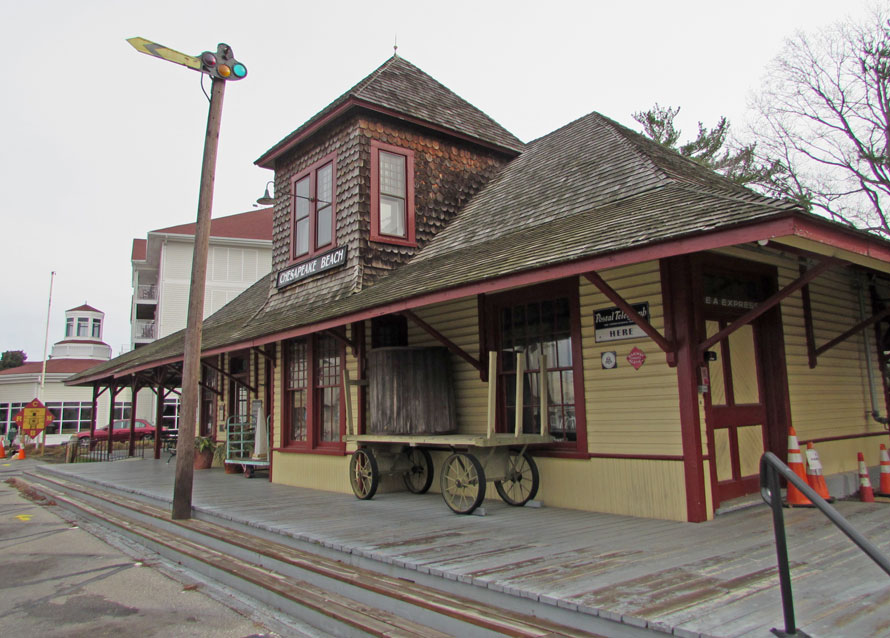
The town of Chesapeake Beach, Maryland is a town on the Chesapeake Bay. Today, it is a town with a water park, a resort, condos, and a restaurant overlooking the Chesapeake Bay. In the beginning, it was a completely different town. It began as a resort town to escape the hustle and bustle of Washington D.C. It had a beach, a carousel, roller coaster, bandshell, a boardwalk and a hotel. How did they get here? The Chesapeake Beach Railway was established to bring vacationers from Union Station in Washington D.C. to the Chesapeake Beach Train Station. As the train arrived in Chesapeake Beach, the passengers were just a short walk to everything. The town was a booming resort town, and the Chesapeake Beach Railway was a major contributor to the town’s success. What began in the late 1890’s… when into decline in the 1930’s. Vacationers were going to other resorts. There was a hotel the burned down. The Chesapeake Beach Railway was no more. The only thing of the old town of Chesapeake Beach that remains today is the Chesapeake Beach Train Station that remains in its original location, and it is the home of the Chesapeake Beach Railway Museum. The tracks are long gone, but there are some places where some of the old railroad bed remains.
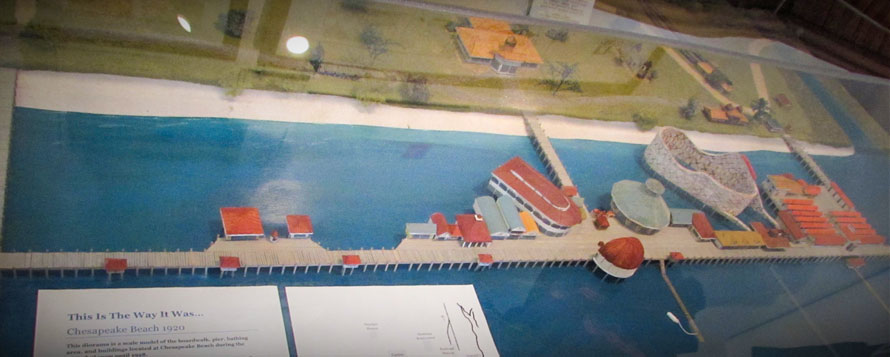
What if the Chesapeake Beach Railway was still running today? Maybe we can trace the old route of the railroad. We can trace the way people went to get away from Washington D.C. to a place where they could enjoy a day or a few days having fun. Sadly, there are no time machines, but maybe there are… ghosts. Maybe the ghosts of the Chesapeake Beach Railway are among the old railway, but where can we find the ghosts? Where do we begin?
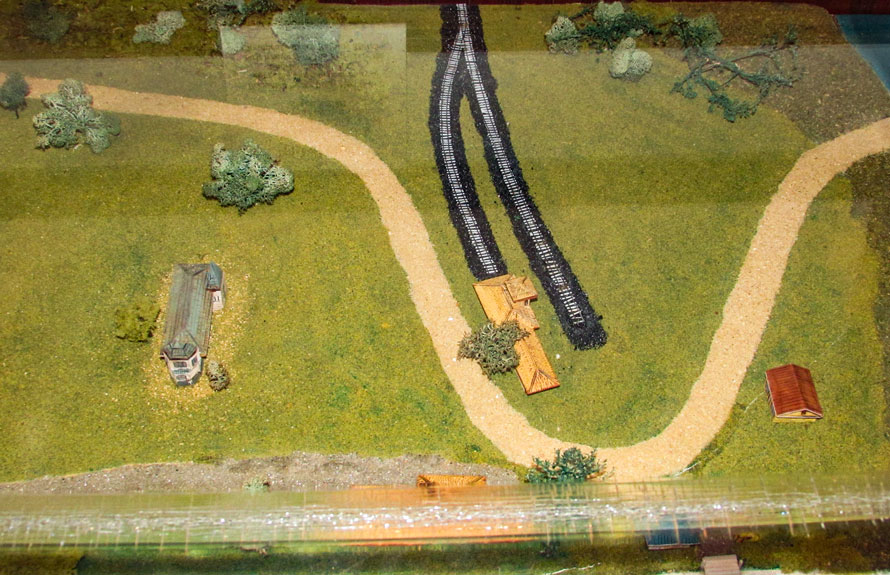
We arrive at Union Station in Washington D.C. Today, it is a busy train station. People travel for business and for pleasure, but then you see the ghosts of the people in beach attire. They are walking to the platform to board the train to the beach. They buy tickets. They board the train. The train leaves the station.
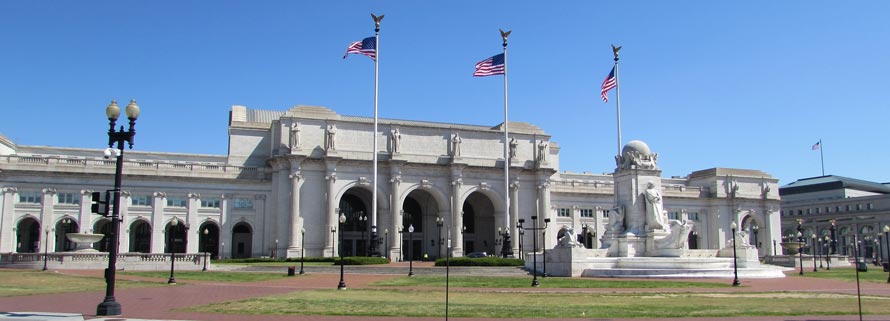
We arrive at the intersection of Fourth Street and Virginia Avenue SW. As the train departed south from Union Station, it went backwards to the area where it crossed Fourth Street SW. It is here where the line south from Union Station merges with the old Pennsylvania Railroad line that bypasses Union Station and merges again northeast of Union Station. You see the ghost of the train stopped awaiting the signal to go forward. When it is clear, the engineer blows the whistle. The train goes forward towards its destination.
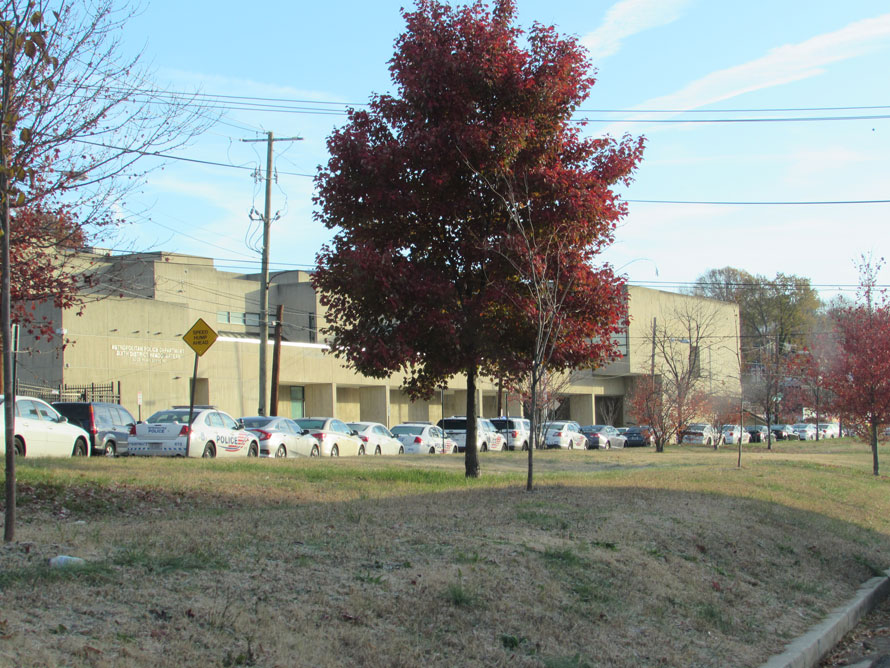
We arrive at the intersection of Minnesota Avenue and Nannie Helen Burroughs Avenue NE. It was here where the Chesapeake Beach Railway departed from the Pennsylvania Railroad Line, and it is the last place on the Chesapeake Beach Railway where the tracks remain. For the rest of this journey, we follow the places where the train once ran. It was here where the train made its first stop at Chesapeake Junction. We see the ghost of the train stopped. It picks up its first passengers not boarding at Union Station. The engineer blows the whistle, and the train pulls away.
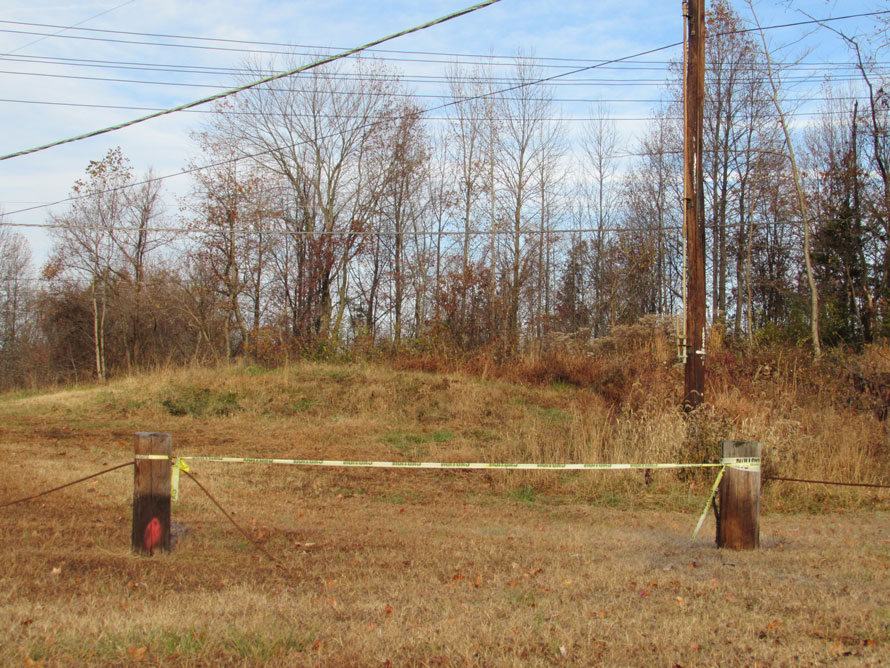
We weave our way through the neighborhood to Hayes Street. The barren grassy ground was the track bed of the railway. We continued to where Maryland Route 704 meets the D.C. Line. The D.C. Line Station was on the north side of this intersection between Route 704 and Eastern Avenue. It was here where passengers connected to the Chesapeake Beach Railway from the Annapolis Washington Railway. (Maryland Route 704 was built on the old track bed of the railroad.) The train crossed Eastern Avenue and stopped at the station. It then continued across Maryland Route 704. We take a drive along Route 704 and turn right on Addison Road. We pass the site where the train crossed the road which was also the site of the Seat Pleasant Station. We stop as we see the ghost of the train crossing Addison Road. When the train went by, we continued.
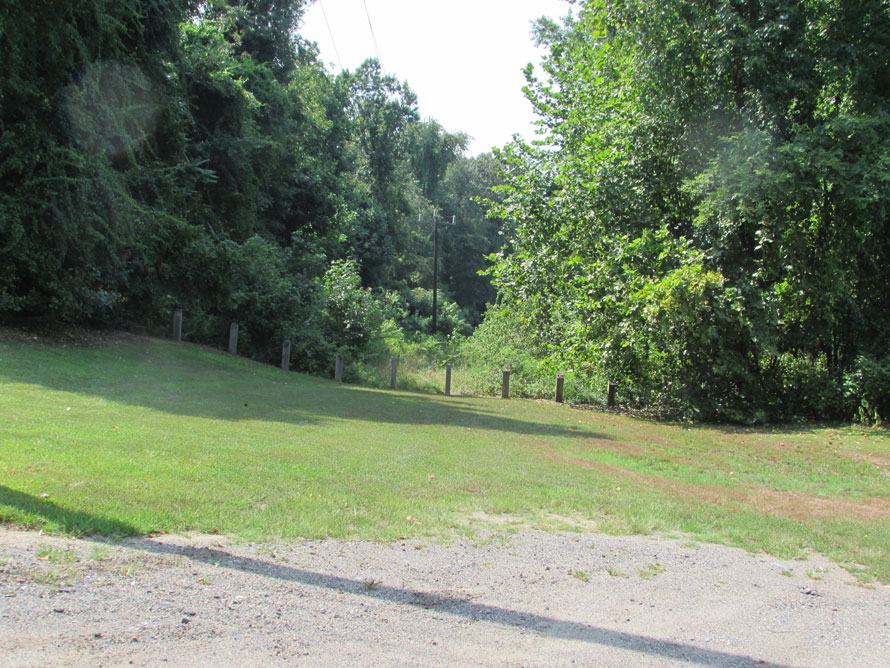
We took a left on Maryland Route 214 and then a right on Shady Glen Drive. We went about a mile and saw the ghost of the train as it was crossing the road. The train passed by, and we went left on Walker Mill Road. As we crossed Ritchie Road, we saw the passengers waiting at the station. It was here where what is now Walker Mill Road was built on the track bed of the railroad as it went under Interstate 495. The train arrived, and the passengers boarded. We saw the passengers waving at us. A young lady was dangling her bare feet out the window. The train began to continue to Chesapeake Beach. We continued along side of the train as we went under the interstate, but the road turned off.
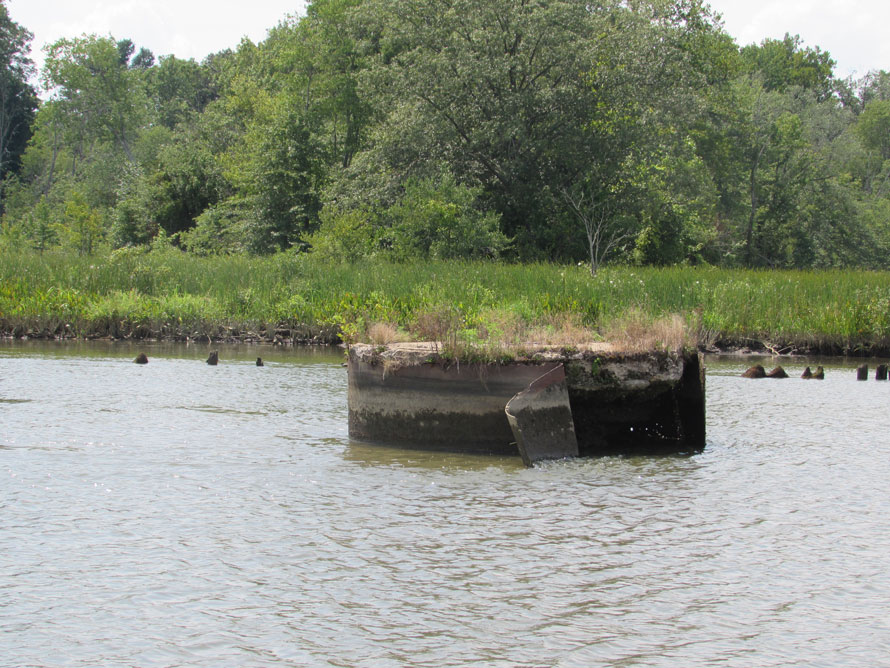
We turned on Ritchie-Marlboro Road. We looked right and saw the train to the left of us. We raced to Brown Station, but we saw no passengers here. We waved at the train as it flew by us.
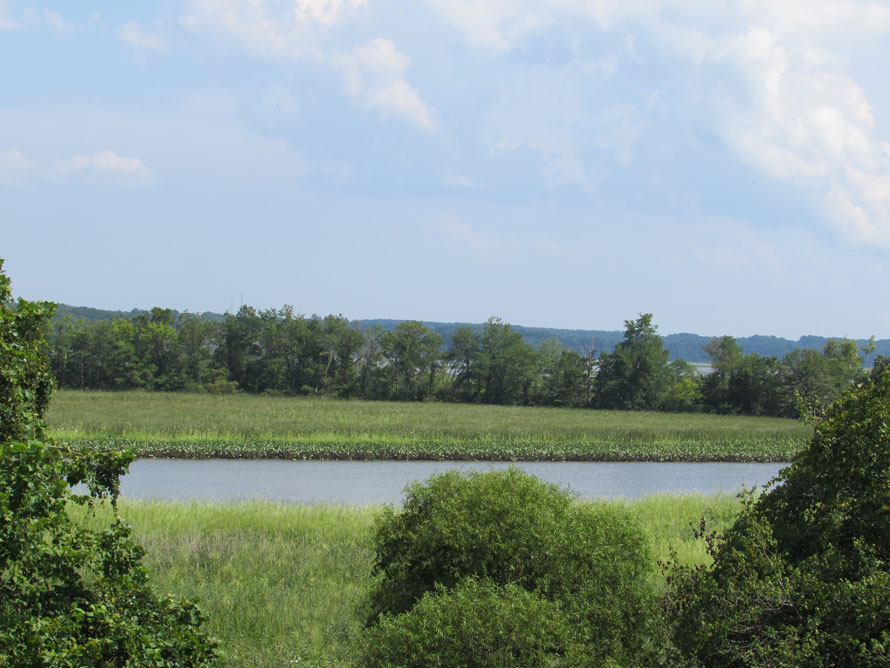
We went back to Ritchie-Marlboro Road and continued south watching the train roll on. We turned left on Old Marlboro Pike and took it into the town of Upper Marlboro where we saw the train pull into the station where a small group was waiting to get aboard. After the train pulled away, we hurried down Maryland Route 725, and then we turn right onto U.S. Route 301. We turned onto a service road and watched as the train pulled into the Pennsylvania Junction. A large crowd was waiting for the train as it is here where it meets with an old Pennsylvania Railroad line. As the passengers were boarding, we headed back to U.S. Route 301 and the south on Maryland Route 4 and then turned into the Jug Bay Wetlands Center.
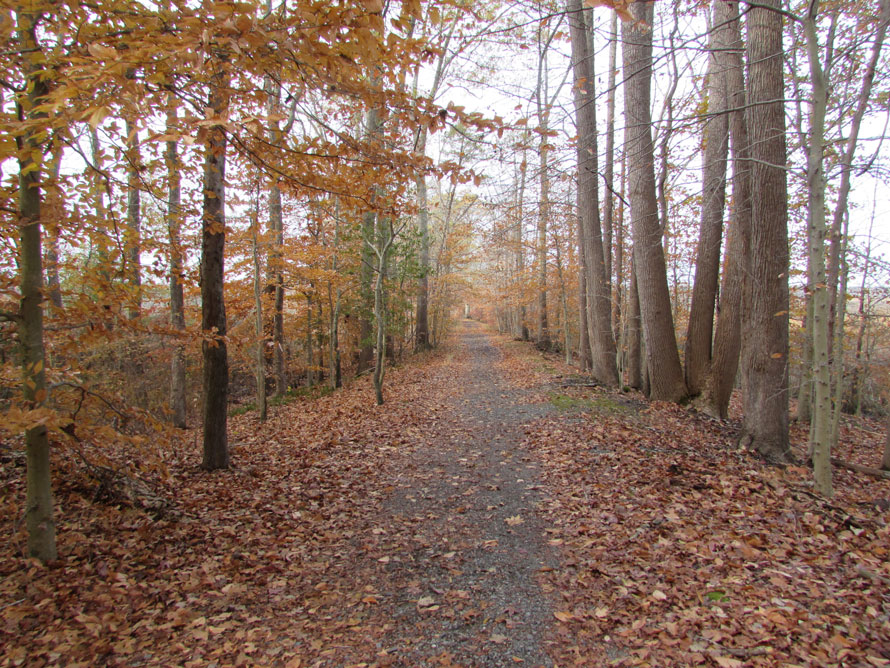
We got out of the car, and we walked on a trail to where it met the old track bed. It was just dirt, but we waited. We heard the whistle. We watched as the train came towards us and then the engineer blew the whistle again and again and again. It rolled by as the passengers waved at us.
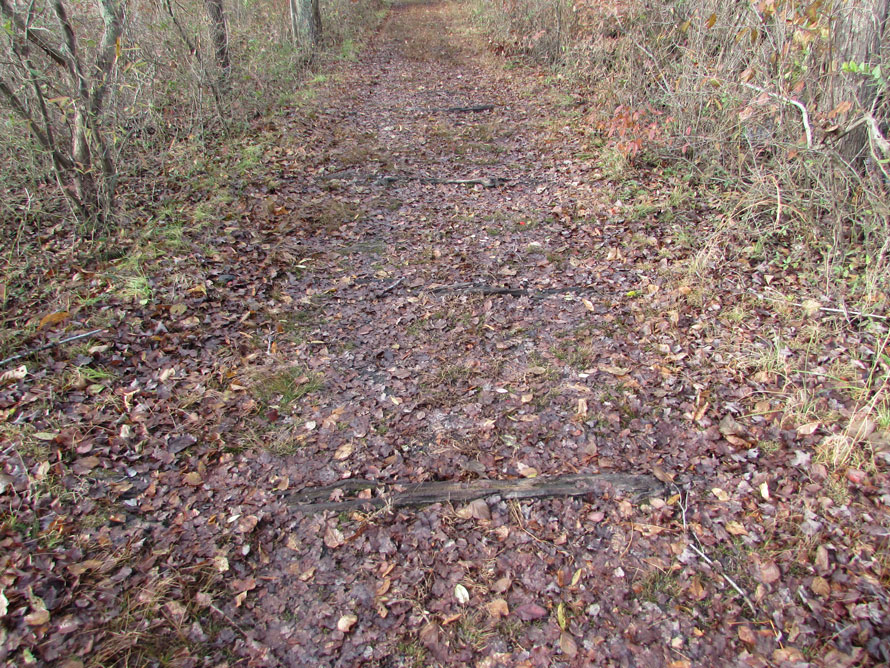
We hiked back to the car and continued south on Maryland Route 4. We arrived at Maryland Route 260 and saw that the bridge over Lyons Creek was gone with only the brick bridge supports remaining, but we waited. We knew that the train was coming, and it did cross the bridge over the creek. We continued south on Maryland Route 260 with the train next to us. (Maryland Route 260 was built on the old track bed.) The passengers waved to us as we were next to each other. As we approached the town of Owings. There was a train station there, but nobody was waiting so it continued to its destination. We continued alongside the train, but then the train and the road parted ways.
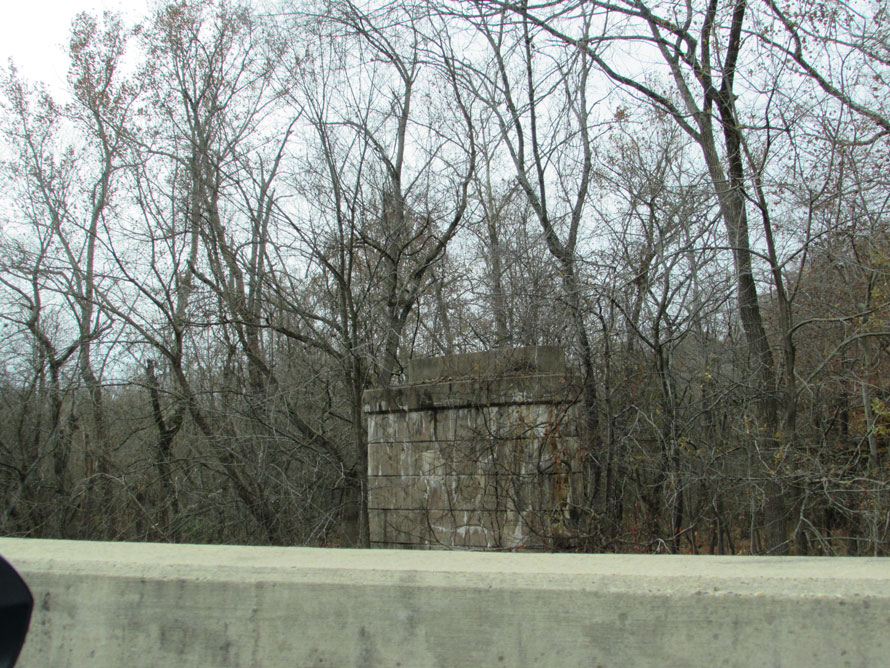
We were in the town of Chesapeake Beach. We turned right onto Maryland Route 261, and we arrived at the end of the line just as the train was pulling into the station. We saw the roller coaster, the carousel, the boardwalk, we saw a band playing in the bandshell. It was the town everyone came to see. As the passengers were stepping off the train, everything started to fade. The carousel, the roller coaster, the band was gone. The passengers were fading. A lady waved at us as she was fading. The train was fading away. Only the train station remained. The ghosts were gone. It was the town of Chesapeake Beach as it was now. I looked if any of the ghosts would come back, but just like the old town of Chesapeake Beach, they were all gone.
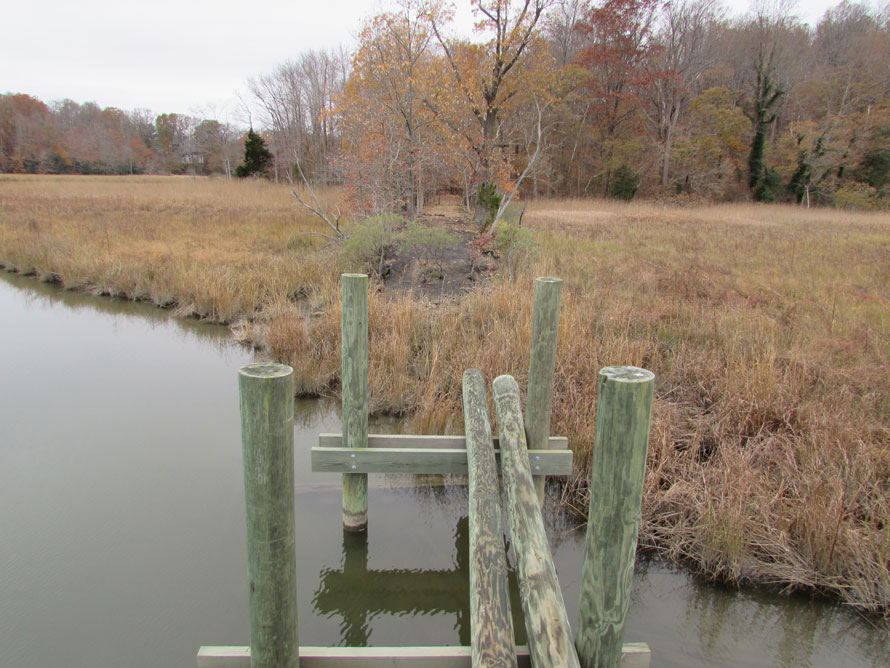
Today, much of the old track bed of the Chesapeake Beach Railway is on private property, but there are areas where you can travel the old roadbed. You can follow Walker Mill Road under Interstate 495 which was built on the old roadbed. You can visit the Jug Bay Wetlands Center and hike along the section of the old roadbed from where is crossed the Patuxent River where one of the old bridge supports remain, and you can follow it through the park. You can see the old supports of the bridge over Lyons Creek from the ramp onto Maryland Route 260 from Maryland Route 4. Much of Maryland Route 260 was built on the old roadbed apart from the last two miles of Route 260 before Chesapeake Beach. There is also a short stretch of the old roadbed in Chesapeake Beach off Maryland Route 261 that you can walk on and is wheelchair accessible. The old train station was the end of the line and is the only surviving train station, outside of Union Station, on the old railway. From there, it is a short walk to the bay.
John Cowgill – Photographs and text Copyright 2020
What a wonderful story! you can see and hear everything from the way you told it. Except the engineer did not blow 2 when the conductor told him to go at all the stations 🙂 But I heard him blow 2 longs and a short and a long at the Crossings. Your story has given me some ideas for one. Thank you for writing it.
Well done thanks
Wow, that is so Awesome. A lot of work, imagination combined with history, makes an interesting journey into the past! Thank you for sharing!
The Chesapeake Beach carousel survives in operation at Watkins Regional Park in Largo, MD.
http://www.pgparks.com/3210/The-Chesapeake-Carousel
A wonderful article about an area that I have been fortunate to visit.I watched a TV show about life after death last night, so I enjoyed seeing the ghosts in your article.